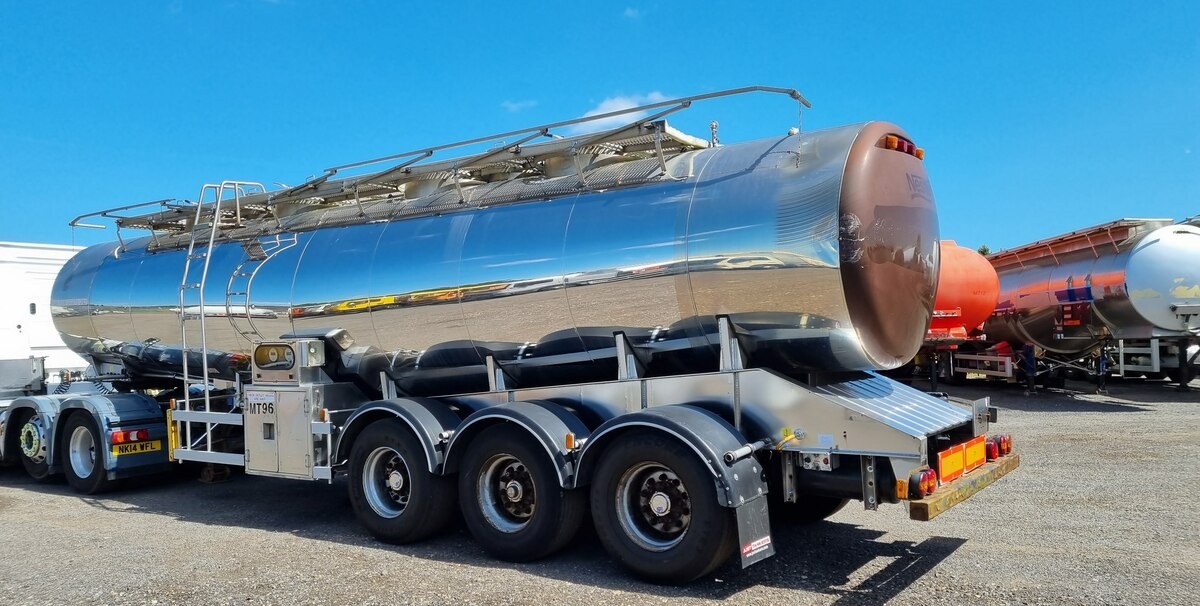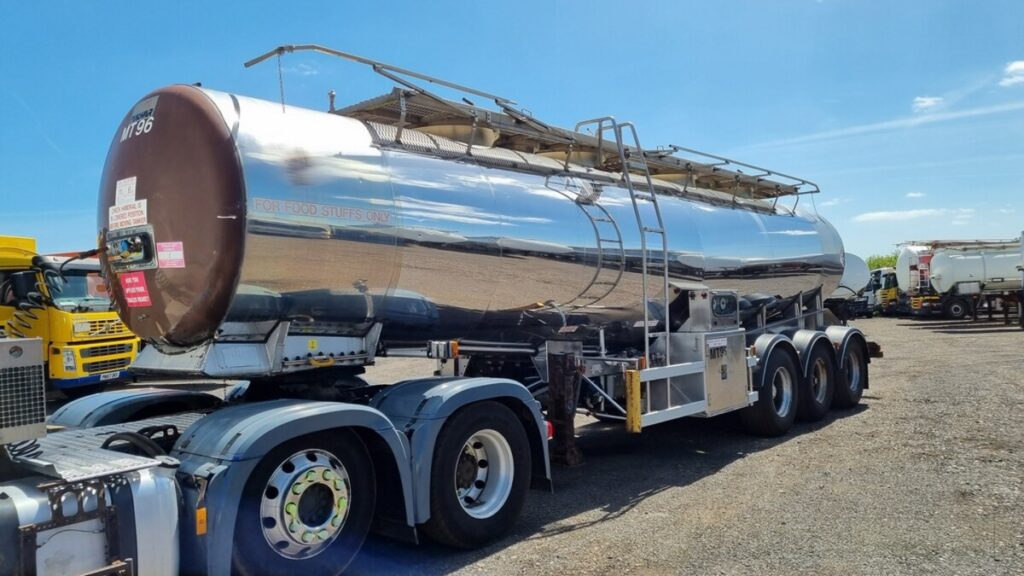In industries ranging from petroleum and chemicals to food processing and pharmaceuticals, the transportation of viscous liquids is a critical component of supply chain logistics. These thick, sticky substances—such as heavy oils, tar, molasses, or certain chemicals—pose unique challenges that demand specialized equipment, safety protocols, and innovative solutions.
This comprehensive guide explores everything you need to know about viscous liquid transportation: what it entails, the equipment involved, safety considerations, industry standards, and future trends. Whether you are a logistics manager, engineer, or business owner, understanding the nuances of viscous liquid transportation will enable you to optimize operations, reduce costs, and ensure safety.
1. Introduction to Viscous Liquids
Viscous liquids are characterized by their high resistance to flow. Unlike water or gasoline, their viscosity— a measure of a fluid’s internal resistance to flow— is significantly higher. This viscosity can be influenced by temperature, pressure, and the liquid’s composition.
Common viscous liquids include:
- Heavy crude oil and bitumen
- Molasses and syrup
- Asphalt and tar
- Certain chemicals and industrial fluids
- Food products like honey and chocolate
Transporting these liquids safely and efficiently requires understanding their physical properties, potential hazards, and the specialized equipment designed for their movement.
2. Challenges in Viscous Liquid Transportation
Transporting viscous liquids presents unique challenges that are not typically encountered with less viscous fluids:
a. High Resistance to Flow
Due to their thickness, viscous liquids require more force to move, demanding powerful pumps and specially designed pipelines or containers.
b. Temperature Sensitivity
Many viscous liquids become even thicker at lower temperatures, complicating flow and increasing the risk of blockages.
c. Equipment Wear and Tear
High viscosity and chemical composition can accelerate equipment corrosion and wear, necessitating durable materials and maintenance.
d. Safety Risks
Viscous liquids like heavy oils or chemicals pose fire, health, and environmental hazards if spilled or improperly handled.
e. Handling and Storage
Proper containment is critical to prevent leaks, spills, and contamination during transportation.
Understanding these challenges is fundamental to selecting the right equipment and protocols for viscous liquid transportation.
3. Types of Equipment Used in Viscous Liquid Transportation
Effective handling of viscous liquids hinges on specialized equipment tailored to their unique properties.
a. Tank Containers and ISO Tanks
Tank containers, often called ISO tanks, are portable units designed for the safe transport of various liquids, including viscous substances. They are made from stainless steel or carbon steel with robust insulation and heating capabilities to maintain optimal viscosity.
- Advantages:
- Versatility
- Compatibility with multiple modes of transport (truck, rail, sea)
- Compliance with international standards
b. Specially Designed Trailers
Vacuum tankers and pressure tankers are commonly used for viscous liquids:
- Vacuum Tankers: Reduce internal pressure to facilitate flow and prevent spillage.
- Pressure Tankers: Apply controlled pressure to push viscous liquids through pipelines and hoses effectively.
c. Pumping and Transfer Systems
Pumps used in viscous liquid transportation are engineered to handle high-viscosity fluids, typically featuring:
- Progressive cavity pumps (also known as screw pumps): Ideal for thick fluids, providing steady flow and minimal shear.
- Gear pumps: Suitable for moderate viscosity liquids.
- Heating systems: Integrated to control temperature and reduce viscosity for smoother pumping.
d. Heating Equipment
Maintaining optimal temperature is vital for viscous liquid transport. Heating jackets, inline heaters, or insulated tanks are used to keep the liquids at flowable temperatures.
4. Key Considerations for Safe and Efficient Transportation
Transporting viscous liquids involves meticulous planning and execution. Here are vital considerations:
a. Material Compatibility
Ensure that the tank and piping materials are compatible with the specific viscous liquid to prevent corrosion, degradation, or contamination.
b. Temperature Control
Implement heating systems to maintain the liquid’s viscosity at manageable levels. Temperature monitoring sensors should be integrated for real-time control.
c. Pressure Management
Use pressure relief valves and gauges to prevent over-pressurization, which could lead to leaks or ruptures.
d. Safety Protocols
Follow strict safety standards, including proper labeling, spill prevention measures, and emergency response plans.
e. Regulatory Compliance
Adhere to industry standards such as those from the American Petroleum Institute (API), Transport Canada, or the European Agreement concerning the International Carriage of Dangerous Goods by Road (ADR).
5. Industry Applications of Viscous Liquid Transportation
The methods and equipment for viscous liquid transportation are tailored to specific industry needs:
a. Oil & Gas Industry
Transporting heavy crude oil, bitumen, or asphalt requires specialized tankers, heated pipelines, and robust safety measures, especially given the environmental risks.
b. Chemical Industry
Handling chemical viscous liquids demands corrosion-resistant materials and precise control over temperature and pressure to prevent reactions and leaks.
c. Food and Beverage Sector
Viscous food products like honey or chocolate necessitate sanitary tanks, temperature regulation, and compliance with food safety standards.
d. Pharmaceutical Industry
Transporting viscous medicinal compounds requires clean, sterile conditions, and meticulous control to maintain product integrity.
6. Regulatory Standards and Compliance
Ensuring safety and legal compliance is critical in viscous liquid transportation. Relevant standards include:
- API Standards: For tank design and safety.
- IMO/IMDG Code: For maritime transport.
- ADR: European regulations for road transport.
- FDA and HACCP: For food-grade viscous liquids.
- Environmental Regulations: Spill prevention and response requirements.
Partnering with transportation providers who understand and adhere to these standards is vital.
7. Innovations and Future Trends in Viscous Liquid Transportation
Advancements are continually enhancing the safety, efficiency, and sustainability of viscous liquid transportation:
a. Smart Tank Monitoring
IoT-enabled sensors provide real-time data on temperature, pressure, and tank integrity, enabling proactive maintenance and leak detection.
b. Improved Heating Technologies
Energy-efficient heating systems and phase-change materials help maintain optimal viscosity with lower energy consumption.
c. Eco-Friendly Materials and Practices
Use of biodegradable, corrosion-resistant materials reduces environmental impact.
d. Automation and Robotics
Automated loading/unloading systems increase safety and reduce manual handling risks.
8. Choosing the Right Partner: What to Look for in a Transportation Provider
Selecting a reliable transportation partner is crucial. Consider:
- Experience with viscous liquids
- Compliance with safety and environmental standards
- Availability of specialized equipment
- Track record of safety and reliability
- Ability to customize solutions for specific liquids
As exemplified by companies like Equip Intermodal, industry leaders invest in state-of-the-art equipment and adhere to strict safety protocols to ensure seamless viscous liquid transportation.
9. Case Studies and Success Stories
Case Study 1: Safe Transport of Heavy Oil for an Oil Company
A major oil producer partnered with a logistics provider to transport heavy crude via insulated, heated ISO tanks. The project involved temperature monitoring and proactive maintenance, resulting in zero spills and on-time deliveries.
Case Study 2: Chemical Industry Innovation
A chemical manufacturer adopted IoT-enabled tank systems, reducing downtime and preventing leaks, while optimizing energy use for heating and pumping.
10. Conclusion: Ensuring Smooth and Safe Viscous Liquid Transport
Transporting viscous liquids is a complex yet manageable process when approached with the right equipment, safety protocols, and industry expertise. Whether moving asphalt, heavy oils, or food-grade viscous products, leveraging advanced technology and partnering with experienced providers like Equip Intermodal can make all the difference.
By understanding the physical properties of viscous liquids, selecting suitable equipment, adhering to regulatory standards, and embracing innovation, companies can optimize their logistics, reduce environmental impact, and ensure safety.
Ready to optimize your viscous liquid transportation needs? Contact industry leaders who specialize in handling complex liquids and benefit from tailored solutions that prioritize safety, efficiency, and sustainability.
For more insights and tailored solutions in viscous liquid transportation, visit Equip Intermodal.



